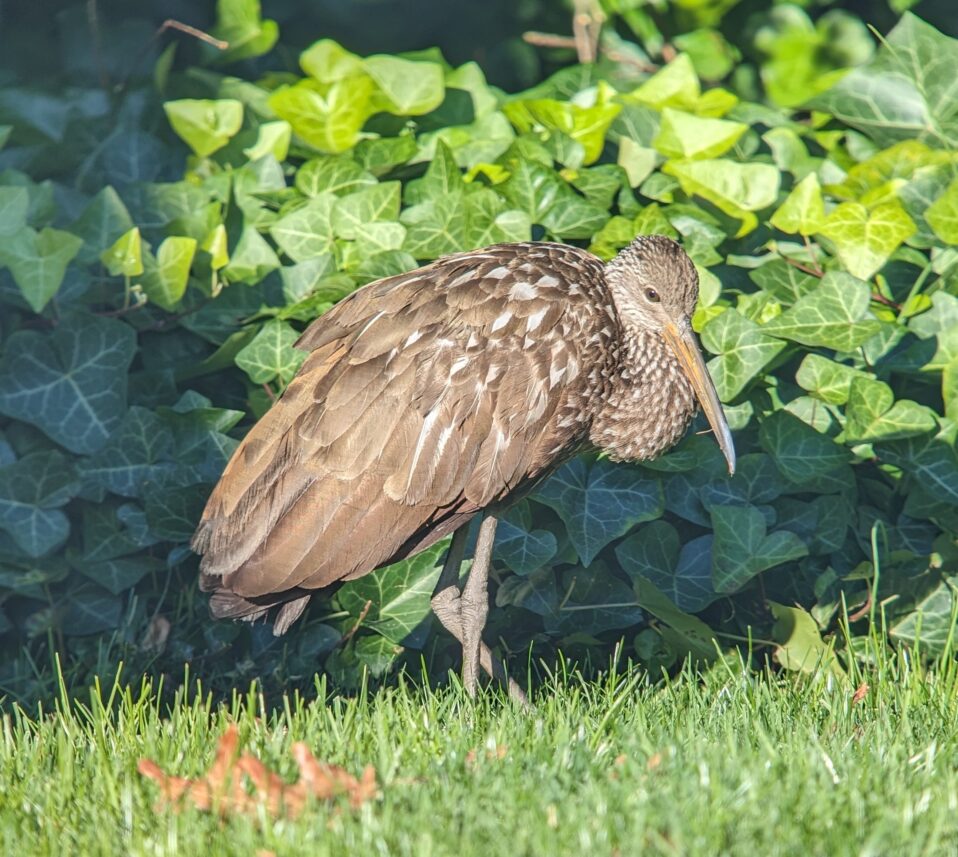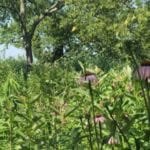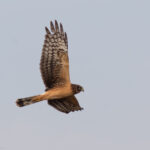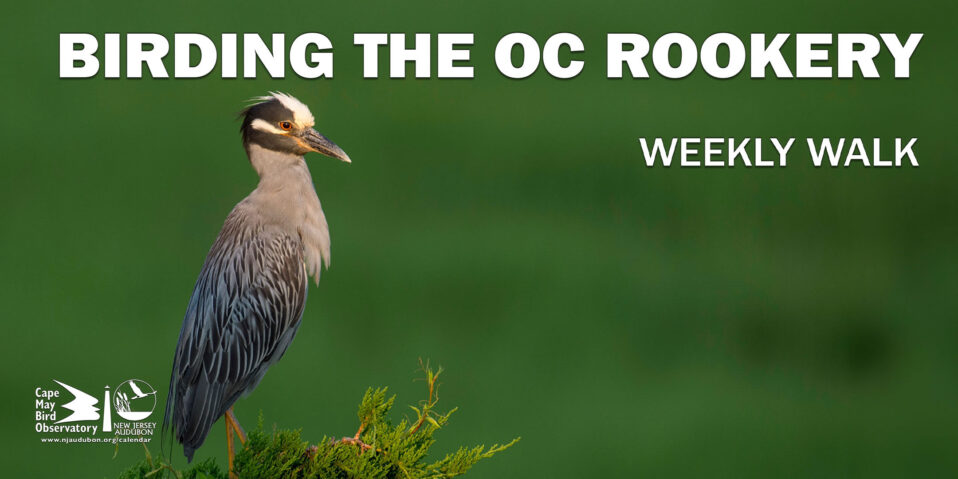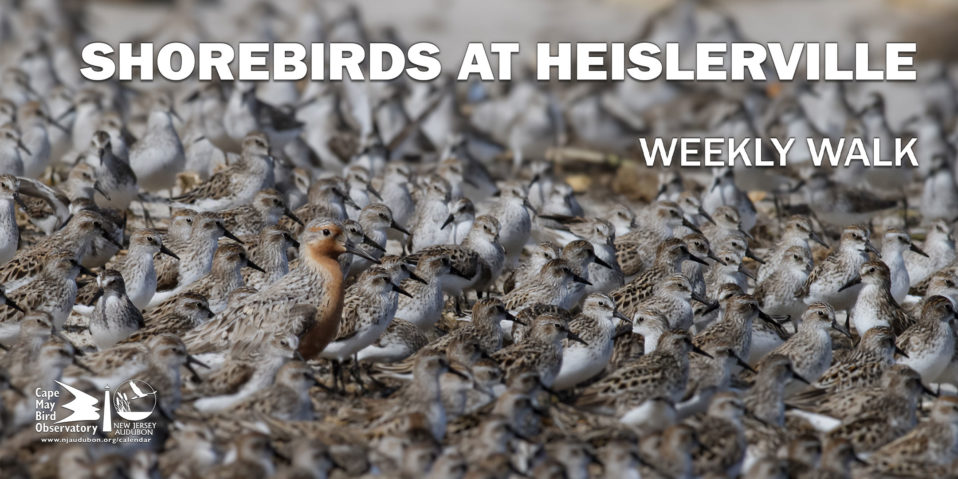By Scott Barnes, Senior Naturalist
A Limpkin (Aramus guarauna) made its first-ever appearance in the Garden State on November 12, 2023, in Wall Township, Monmouth County. The bird was posted on a birding Facebook group and word spread on Sunday evening. On Monday details were released as the homeowners graciously agreed to reveal the exact location of the bird. Over 150 birders from three states saw the bird during its stay in a residential area and adjacent athletic field.
For months, NJ birders speculated on where and when our first Limpkin would appear. The species prefers freshwater swamps, wooded stream corridors, and open marshes. Traditionally, the species U.S. range was restricted to Florida and extreme southeastern Georgia. The Limpkin’s range mirrored that of the Florida apple snail—the bird’s primary food. In the last several years Limpkins began to expand their range along the Gulf Coast and now breed regularly in southern Louisiana. Wandering Limpkins have made birding news for a few years now, but this year’s explosion of records has been remarkable. Birds have been found in Alabama, Mississippi, Texas, Arkansas, Oklahoma, Tennessee, Colorado, Missouri, Kansas, Kentucky, South Carolina, North Carolina, Virginia, Maryland, West Virginia, Pennsylvania, New York, Ohio, Indiana, Michigan, Iowa, South Dakota, and Minnesota. Single Limpkins have been documented in Ontario and Nova Scotia, Canada! No one predicted that the NJ bird would appear in a suburban backyard away from any immediate streams or wetlands.
What’s behind this rapid increase in vagrant Limpkins? One likely cause is the expansion of an invasive species—the Island Apple Snail, which probably arrived via ship’s ballast or people dumping aquarium tanks into local waterways. These snails have populated large portions of Gulf Coast marshes and gave Limpkins a new source of food. They began breeding in Louisiana’s vast wetlands near Houma in 2018 and have done so annually since. Limpkins have specially designed bills that have a gap towards the tip, allowing them to snip the muscle inside the snail’s shell and extract the meat. They also have a right-twist to their bill that mimics the right twist of the apple snail’s shell for easy extraction. Side Note: NJ Audubon Eco-Travel will visit Louisiana’s Cajun Country next spring. Eco Travel | New Jersey Audubon (njaudubon.org)
Although one might think the bird looks related to ibis or herons, Limpkin is a unique species in its own family. It is most closely related to rails and cranes. The name is purportedly derived from the limping gait the birds display as they walk.
Will more Limpkins appear in our state? Can we expect to see continued expansion and summer dispersal of this species across the eastern United States? Only time will tell. As for New Jersey’s vanguard Limpkin the story has taken an unexpected twist. On November 16 the ASPCA “rescued” the bird after receiving a call that the bird looked “in poor health.”
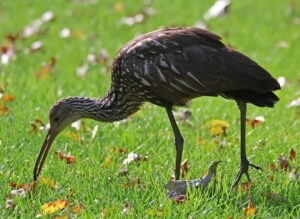
Limpkin photo by Linda Mack
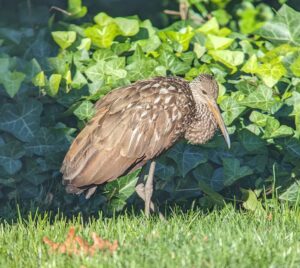
Limpkin photo by Scott Barnes




